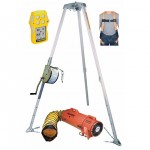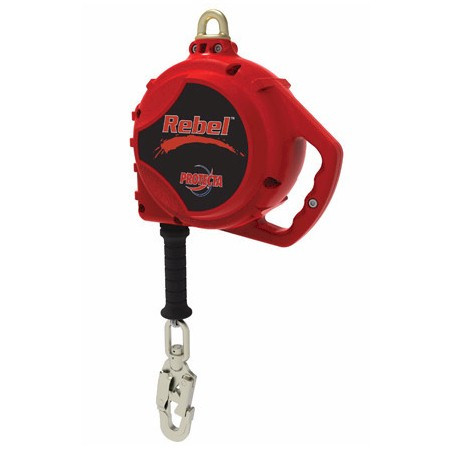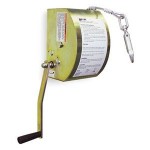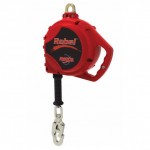Competent Person requirements tend to be confusing. I think we can help. We’ll start with OSHA’s definition and then simplify it a bit.
The OSHA topic page defines competent person as follows:
The term “Competent Person” is used in many OSHA standards and documents. An OSHA “competent person” is defined as “one who is capable of identifying existing and predictable hazards in the surroundings or working conditions which are unsanitary, hazardous, or dangerous to employees, and who has authorization to take prompt corrective measures to eliminate them” [29 CFR 1926.32(f)]. By way of training and/or experience, a competent person is knowledgeable of applicable standards, is capable of identifying workplace hazards relating to the specific operation, and has the authority to correct them. Some standards add additional specific requirements which must be met by the competent person.
So at a minimum, a competent person (“CP”) has the following qualities:
- (1) Capability
- (2) Specific Knowledge
- (3) Authority
Capability
What this means is that the “CP” possesses the ability to identify unsafe conditions, equipment, and procedures specific to whatever area over which they have been deemed a “CP” – such as, for example, confined space entry.
The question of how this ability is obtained leads us to the second quality of a competent person.
Specific Knowledge
The “CP” possesses specific knowledge by either experience or training. Ideally, he or she should have both.
Using our confined space example, we could say the following. The “CP” would need to know the OSHA Confined Space Standards. For example, they would need to know things like entry, rescue, and entrant duties and how to implement them at the work site.
They would need to understand the use and operation of the tripod rescue equipment. This would include things like operation of the winch, and set up of the tripod. They would need to know and verify that such equipment is routinely inspected per the manufacturer’s instructions.
The “CP” would need to understand the use and operation of the gas detection equipment. For example, they would need to insure that it is working to factory specs and that it has a current calibration.
This picture shows just a few of the items the Confined Space “CP” would need to have knowledge about. You can see more at the Confined Space page at majorsafety.com.
Authority
Finally, the first two are worthless unless the “CP” possesses the authority to act on any unsafe condition, equipment or procedure that he or she finds.
For example, if the “CP” does not have the authority to pull an entrant who is unable to properly operate a gas detector, then they aren’t an OSHA competent person.
And if the “CP” is not authorized to stop a job upon finding that the gas detector is out of calibration, then they aren’t an OSHA competent person.
Competent Person Equals – Capability, Knowledge, Authority
Remember these three things as you designate or act as your company’s OSHA competent person. Doing so will insure that everyone comes home safely.





